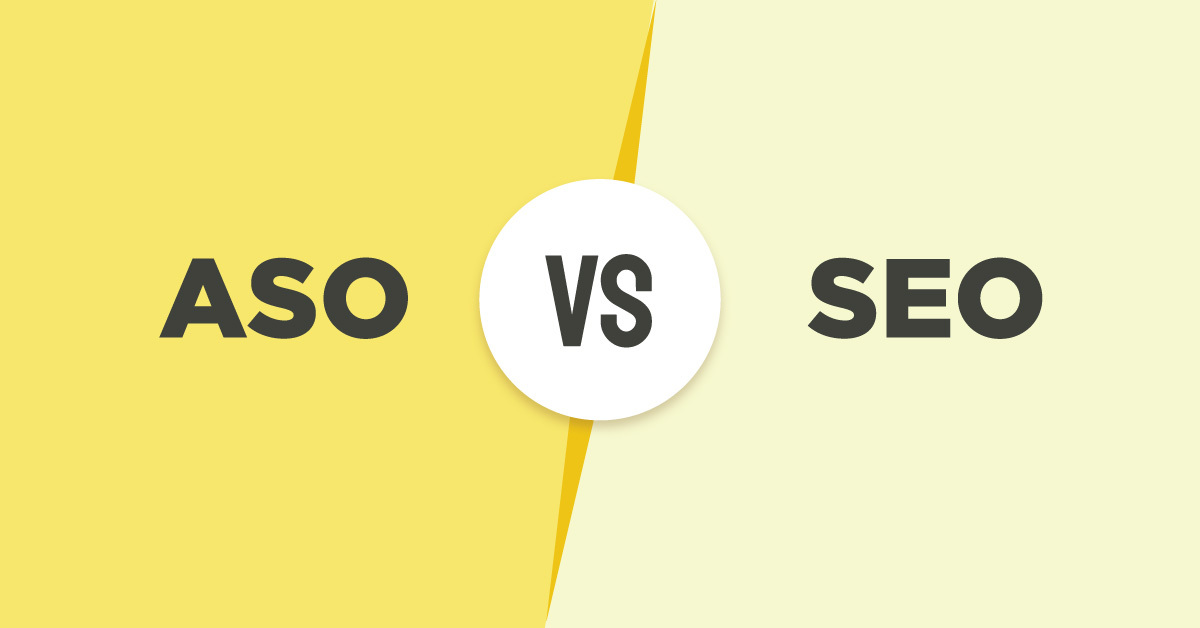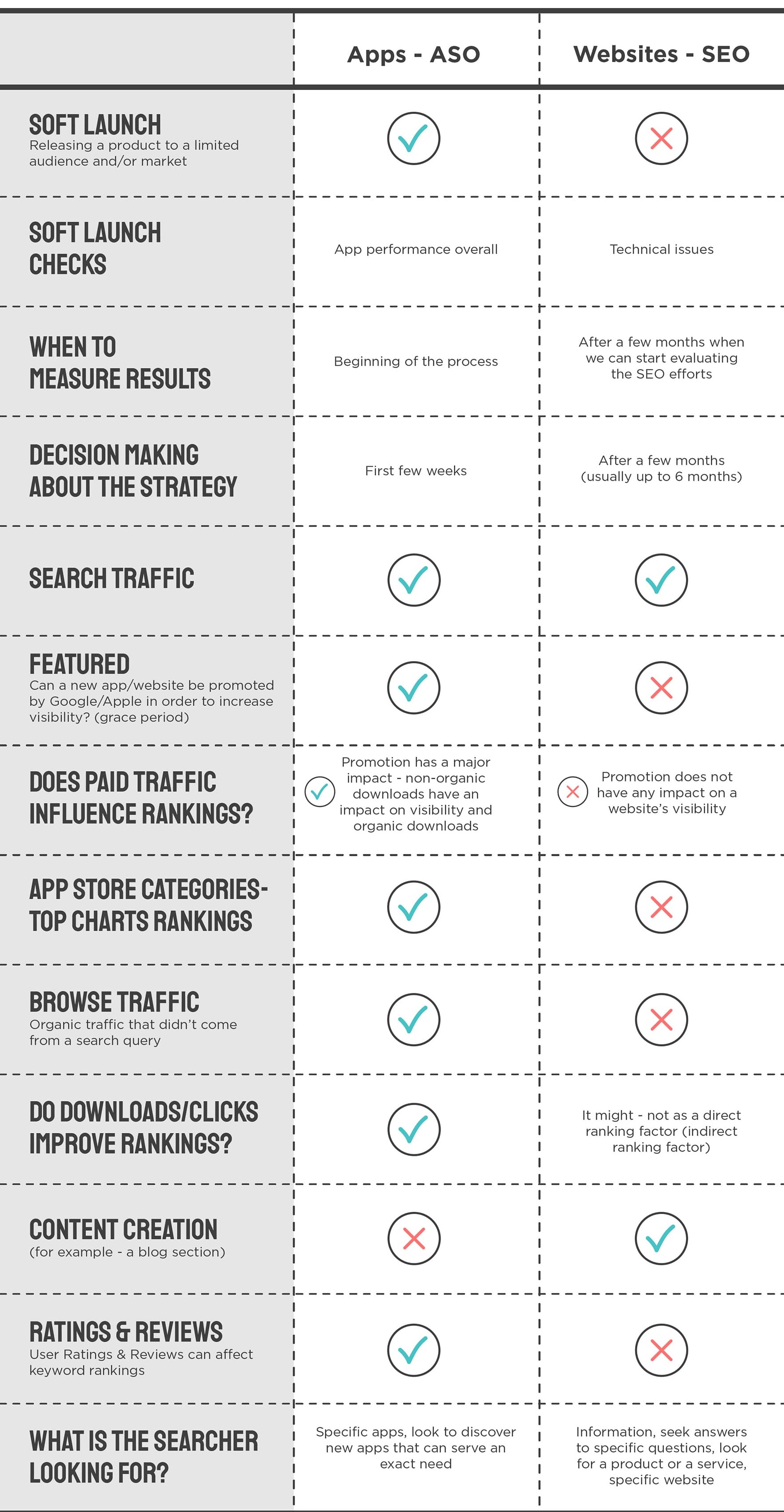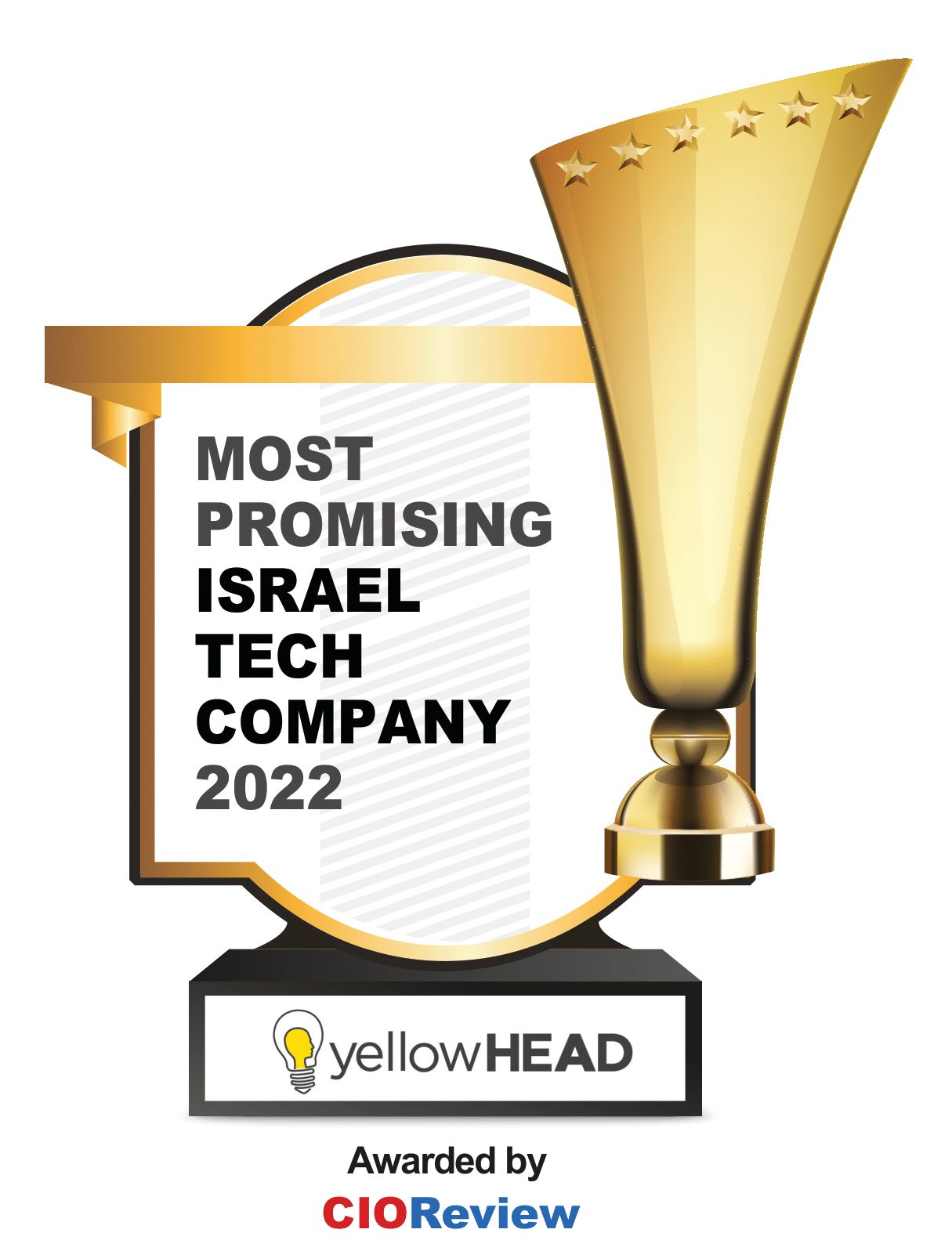ASO vs. SEO: What Are the Differences Between the Two & How to Match Your Expectation

Web Marketers, meet ASO. App Marketers, say Hello to SEO.
SEO is the process of generating organic traffic from search engine results by using certain keywords. It’s an ongoing process that helps you drive more targeted, relevant traffic to your website through search engine result pages where listings are ranked by relevance, popularity, and authority.
The goal is to optimize your website for content, make sure it’s free of technical issues and implement other on-page improvements. This, in turn, helps search engines and users see a brand as an authoritative source. You’ll get rewarded for this through better rankings over time that will increase traffic.
ASO is the process of making your app store listing more visible, discoverable, and appealing in order to get more relevant traffic and downloads. That includes optimizing the app’s metadata (title, short description, etc.) and creative assets, like icons, screenshots, or videos.
Step 1: optimize the app’s metadata, rank high for different keywords, and get that relevant traffic
Step 2: optimize the app’s graphics to make sure the users will complete the funnel after landing on your product page
The ASO process involves ongoing a/b testing to make sure the chosen metadata or graphics appeal to the users and increase the CTR and CVR.
Understanding SEO vs. ASO: Key Differences to Master for Marketing Success
Over the last 20 years, SEO and ASO (more recently) have become legitimate marketing techniques to boost organic traffic for websites and apps. Most marketers who are even slightly familiar with ASO and SEO should know by now that they are similar, but far from the same.
ASO often gets described as ‘SEO for apps’, but it is much more than that. Conversely, SEO might be viewed as ‘close enough’ to the search optimization that ASO marketers know so well. But again – although the two optimization processes have some similarities, the distinctions need to be understood very clearly before signing up to either process.
Why? If you start investing your resources into ASO or SEO and your expectations rest on your understanding of the other, you may be disappointed. Like with most marketing, setting your goals and expectations realistically is essential to recognizing ‘success’. So forget your experience from SEO, and start with a blank slate when strategizing ASO. And vice versa, of course.
We’re here to help you navigate the key differences between SEO and ASO! Our strategic insights and clear breakdowns will empower you to identify and track the right KPIs at the right time, ensuring your success in both arenas.
SEO vs ASO: What are the Similarities?
1. Common Goal: Search Visibility
The main goal of both SEO and ASO is to get your website or app noticed! These techniques aim to drive inbound traffic to your marketing pages, whether it’s boosting your webpage on Google Search or getting your app discovered in the Google Play or Apple App Store.
Increasing app installs organically using ASO requires finding ways to get your app in front of the right people, those who need precisely what your app is designed to offer. The same can be said for increasing website visits using SEO. In simple terms, the goal of both ASO and SEO is one and the same: to bring you to the top of relevant search results. Getting seen is the first step to getting clicked. However, ASO has an additional goal (as the next step of the funnel) – to improve the conversion rate using a creative strategy and a/b testing.
2. Organic Users with High Intent
Visitors who land on your webpages and app pages this way are considered ORGANIC. They’re driven by a natural intention to fulfill a need. SEO and ASO make it easier for them to find your site or app, ensuring their needs are met seamlessly.
In contrast to outbound marketing, neither SEO nor ASO are based on paid advertisements. People tend to trust these more natural boosts and, because the user sought out a solution to their needs, they tend to be easier to convert and more profitable (both as website visitors and as app users).
3. Focus on Non-Branded Visibility
Search algorithms recognize the relevance of a brand’s website or app for branded searches, but both ASO and SEO primarily focus on optimizing for non-branded searches. Our priority is to boost rankings for highly relevant, popular generic searches. These keywords carry intent, but users are still exploring their options and aren’t committed to a specific brand yet.
4. Strategies Are Based on Keyword Research
The ability for both ASO and SEO to perform their job successfully relies heavily on strategic placement of keywords. This helps search algorithms find and place your website or app at the top of the list. We always base our keyword optimization strategies on very extensive keyword research – checking the competition, brainstorming relevant phrases, deep-diving into longtails, etc.
While the basics of keyword research in ASO vs. SEO can be similar, keep in mind that you will need different tools to find the best keywords for each, you will be using different metrics to build your strategy, and the limitations and opportunities between the app store algorithms and the Google Search algorithms can be a world apart. Which begs the next question…
What Are the [Main] Differences Between SEO and ASO?
We have already established that the primary goal of both ASO and SEO is to increase awareness and help your website or app get seen and discovered to answer a need. But while both strategies accomplish this by using keywords and relying on search algorithms to get the job done, these marketing tools differ in some major ways. Here are just a few to consider!
1. Visibility Factors
Both ASO and SEO success rely heavily on a quality product. If your website fails to satisfy the need of a visitor and they bounce, or your app has a high uninstall rate, the algorithm will take note and demote your app in keyword rankings and overall visibility. Quality is key. But what else influences how much visibility you can get?
- BROWSING: In ASO, you have ‘Browse’ or ‘Explore’ traffic, where the app stores can feature your app in stories, category rankings, special editorial lists, and personalized recommendations. In SEO, not so much.
- USERS’ OPINIONS: User ratings and reviews are a built-in section of every app listing – another indicator of quality that can help your keyword rankings which SEO does not have.
- PAID TRAFFIC: How popular your app is in the app stores will also influence the algorithm – if your app has a proven track record and has lots of installs, it should be more visible to all app store visitors. If those installs came from paid advertising, the algorithms see it as equally valid. Paid traffic influences organic visibility in ASO. In SEO, paid promotion has no impact on a website’s organic visibility.
- NEW APPS/WEBSITES: App stores tend to favor new apps, including them in special featured stories and sometimes giving them an advantage in keyword rankings. New websites? There’s no indication in SEO that a new page/website will be given an advantage in rankings just because it is new.
2. Ranking Factors
There are plenty of SEO ranking factors. Among them you can find – quality content, EAT signals, backlinks, user experience, page speed, and of course, the website’s metadata.
As for ASO, a lot of different factors can increase the app’s visibility. The first step is optimizing the metadata in order to improve various ASO ranking factors and increase rankings for different keywords. In addition, as we mentioned above, the install volume can also influence store visibility, making UA a crucial part of ASO.
Other factors that can contribute to the overall visibility of the app – are ratings and reviews, In-app events & In-app purchases (for iOS), visual assets captions (Google), and more. For future reading, check our guides on how to optimize your app for iOS and Google Play.
3. What Are Searchers, Well, Searching for?
Would you ask an app store a question? Probably not. Google? All the time.
In both cases, search algorithms are programmed to offer people the most user-friendly experience and most relevant content. But how people use each tool is drastically different. Web searches are often in the form of a question and are specific in nature. Top numbered lists and “how to” articles tend to rank higher because they deliver content that is accessible and easy to read – they satisfy a need for information.
In the App Store or Google Play, users are seeking to find an app they can use, not an article they can read. What people search for is one of the biggest differences between ASO vs. SEO. Keyword targeting practices need to adapt for the medium in question.
4. Search Popularity Scores
It makes sense, then, that you can’t necessarily apply stats about web search popularity to the app store. You need tools specifically for the app stores to understand how much a keyword is searched – AppTweak, MobileAction, App Annie, Sensor Tower, to name a few. This difference highlights another critical aspect of ASO vs. SEO strategies.
5. Websites Are Limitless!
Both Search Engine Optimization and App Store Optimization are focused on, you guessed it, optimization. But what you are able to optimize differs greatly between SEO and ASO – your strategy won’t succeed if it is grounded in the wrong theory.
When it comes to SEO, the world is your oyster. There is no limit to the amount of content you can create, and you have full creative control over what that content will include in terms of text, visuals, design and more. On the one hand, this means you have more options to optimize the quality of your content. On the other hand, if you can figure it out, your competitors most likely can as well.
Unlike SEO that has a full range of possibilities to optimize, ASO has only one main arena to play in: the app’s store listing page. No matter how big your budget is or how much influence your company has, you have just the one page to work with. All the eggs are in this basket – miss the opportunity to properly optimize, and your app just won’t get the high-intent downloads.
6. Evaluation Time
SEO and ASO are both slower, longer-term processes, especially when compared with paid acquisition. With ASO, you can usually get a sense of where you stand with keyword rankings a few weeks after making a change to your keyword targets. You can launch an app, get a sense of results and start maneuvering the strategy accordingly.
But you can’t soft launch a website in the same way and quickly measure results. SEO requires a few months of observation before starting to evaluate the SEO efforts and deciding how to adapt the strategy. Expecting to see an impact after only a few weeks would be a mistake.
Looking to the Future – Choosing the Right Strategy for You
While SEO and ASO differ in many ways, the future of performance marketing isn’t about pegging one against the other, but finding innovative ways to make use of both.
Since ASO doesn’t directly affect SEO, a pairing of the two can certainly improve the chances of an effective ASO strategy. After all, SEO is built to drive traffic to an intended destination. If you are an app developer, you can direct traffic from a website to the App Store or Google Play with relative ease. By building a website with integrated and intelligent SEO, your landing page, banners and content can drive traffic directly from the website to the app store where the app can be conveniently and quickly installed onto the customer’s mobile device. Here are all the tips on how to drive traffic from your website to your app.
With millions of apps to choose from and more and more searches being conducted from mobile devices every day, having a great idea is not enough to succeed. Just like the smart kid in the back of the class who has all the answers but is too shy to raise a hand, if you don’t find a way to be seen and heard, no one will ever know your great idea exists. Don’t let the differences in strategies fool you into thinking you need to choose one strategy over another. When done correctly, the two strategies, SEO and ASO, complement each other perfectly.
Try each but with the right outlook – follow these steps and you’ll know when you’ve reached success!
- Understand the process
- Set realistic expectations
- Communicate realistic goals to all stakeholders
- Create a strategy and implement
- Re-emphasize 2-3
- Measure results based on 1-5
- Remember the expectations [again]
- Repeat.
ASO vs SEO Infographic (downloadable)
The decision of ASO vs. SEO should be guided by your specific goals, resources, and the nature of your product, ensuring that you leverage the unique benefits of each strategy.
At yellowHEAD we offer Organic optimization including both ASO and SEO (separately or combined). Want to boost your organic performance? Contact us today for more information.
This article was first published in December 2022.




















